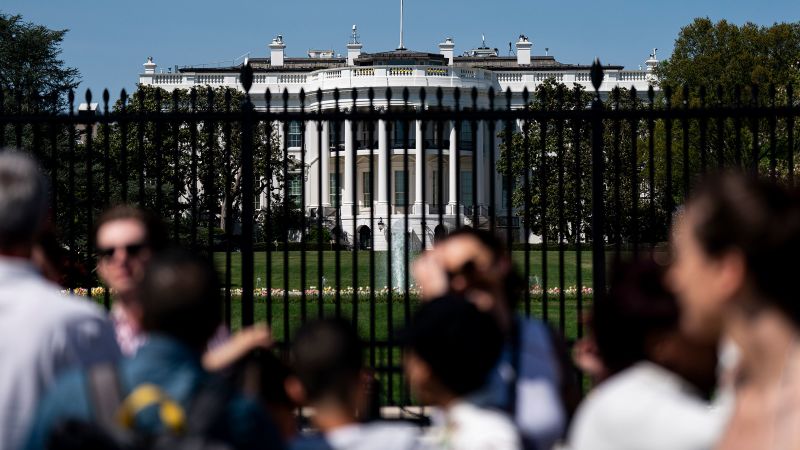The US economy added 175,000 jobs in April, a number that has been described as a “Goldilocks” report by economists. This level of job creation is seen as ideal – enough to keep the labor market healthy, but not too high to signal that the Federal Reserve may need to start cutting interest rates. This news has been welcomed within the White House, as it aligns with their own targets for ideal job creation. The strong jobs growth in recent months has exceeded expectations and has led to concerns about inflation fueled by increased demand from more people having jobs.
President Joe Biden has been touting the economic strength on the campaign trail, but donors and experts have been urging him to address the concerns of voters who are feeling the impact of rising prices on everyday expenses. While the hot labor market has provided more job opportunities, it has not translated to financial relief for many Americans who are struggling with high grocery bills, rent, and car payments. This disconnect between job growth and financial stability is a key concern for the Democratic Party going into the November election, as voter frustration with inflation remains high.
The Federal Reserve has been combating inflation by raising interest rates, but in the wake of the latest jobs report, many market participants are anticipating that the Fed will begin cutting interest rates in September. This move could potentially ease concerns for voters and provide relief from rising costs for borrowing. Economist Mark Zandi has highlighted certain psychological thresholds, such as gas prices above $4 and mortgage rates above 8%, that could impact voter sentiment as the election approaches. Biden has started openly discussing his predictions for the Fed’s actions, signaling a shift from his previous stance on championing central bank independence.
Biden has previously referred to job creation numbers below 200,000 as a “sweet spot” that should prevent further interest rate hikes by the Federal Reserve. He has also predicted a rate cut before the end of the year, in response to high inflation data. White House officials are carefully monitoring the data and refraining from declaring victory until they see the trajectory they want for the economy. The impact of inflation on everyday costs remains a key concern, with the Biden administration looking to address voter frustrations and provide relief through potential rate cuts by the Federal Reserve. Biden’s predictions for interest rate cuts in the coming months reflect a proactive approach to managing economic challenges and addressing voter concerns.


